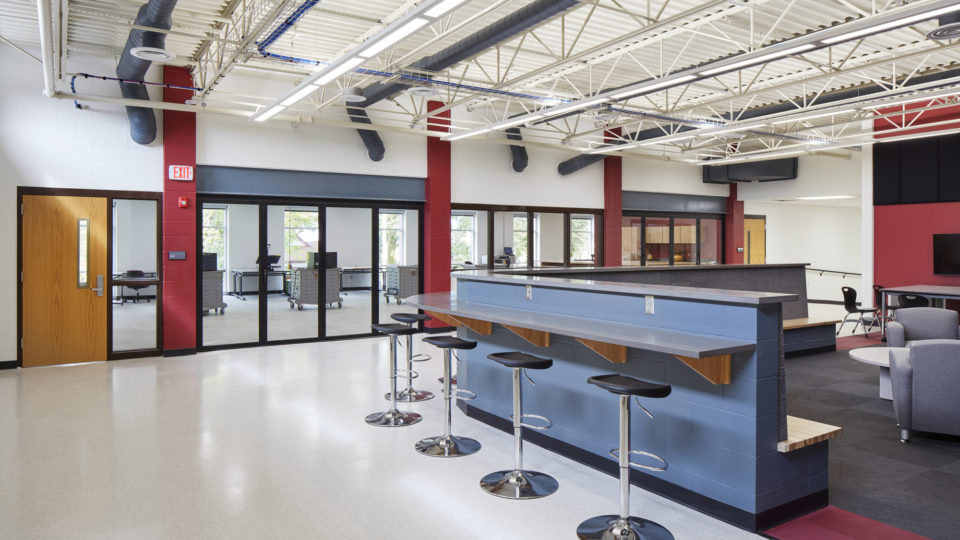


Podbury said such teachers particularly “like areas with nooks and crannies” that allows them to break groups of students up into smaller working and discussion groups. “The more creative and progressive teachers like to do things differently and are not keen on a fixed style of classroom, so they opt for a wide range of choices.” “My experience as a school principal for nearly two decades indicates that the conservative teachers are uncomfortable in anything except the standard classroom, with four walls and limited visibility into the classroom,” Podbury said. Julie Podbury, president of the Australian Principals Federation, told The Educator that the issue is more about flexibility of spaces rather than open spaces. What principals are concerned about is the noise-factor, the focus, the time when really students need to focus on what the teacher is saying," Pasley said. "The big barn-like spaces haven't been researched as to whether they improve achievement. Sandy Pasley, president of the Secondary Principals' Association New Zealand, told 3News that principals are not convinced there is enough research behind the idea to back it up. These issues are among the reasons why some of New Zealand’s top principals are reluctant to get on board with their government’s $517m plan that will see open-plan classrooms rolled out across the country. Other factors include teachers having to raise their voice over large groups of students, distracting classroom layout and the fact that such revolutionary learning spaces remain a largely experimental project when compared to the traditional classroom. “However, a lot of teachers have been finding that, while collaboration is a real asset, it can also pose as an obstruction when it comes to students’ individual tasks.” “We did some independent study into open plan education areas and found that over the last decade there has been a distinct move towards open plan learning areas,” Haydar told The Educator. Haydar told The Educator that while open-plan work spaces help students collaborate, they can also be disruptive when it comes to students trying to focus on individual learning tasks. Tony Haydar, managing director at Portable Partitions, recently released a white paper on the growing demand for flexible classrooms and explained how his company’s products are helping meet that need. Nonetheless, open-space collaborative learning areas are on the rise in Australian schools. However, how exactly are these ‘learning hubs’ benefitting students?Ī study published last year concluded that “open plan classrooms are not appropriate learning spaces for young listeners” due to issues relating to noise and concentration levels. Large, open-space learning areas are a signature feature of the 21 st century school environment.


 0 kommentar(er)
0 kommentar(er)
